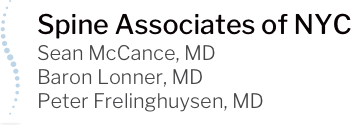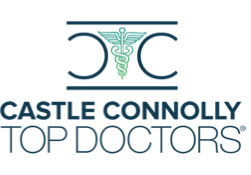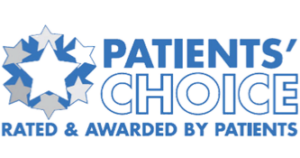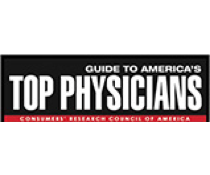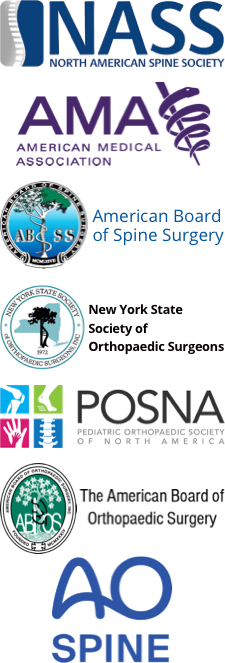Last month, The New York Times ran a very interesting article in the Science section, written by a woman living with scoliosis. In “Hope for an S-Shaped Back,” Rachel Rabkin Peachman shares her journey of living with scoliosis. Peachman was diagnosed as a child and her condition’s progression was slowed through bracing, which helped allow her to avoid surgery with a 45-degree curve as a young adult. Over time, however, her curve continued to progress, and at 38 years old she is now living with the pain of a 55-degree upper curve and 33-degree lower curve. In hopes of avoiding corrective surgery, she sought out a lesser-known method of physical therapy called the Schroth method.
What is the Schroth method? This physical therapy and exercise regimen is tailored to each individual spinal curve with the goal of halting and reversing progression, reducing pain, and improving strength, lung capacity and posture. A Schroth therapist works with patients to develop individualized stretches and exercises to work towards all of those goals. Once patients learn their exercises and stretches, they are asked to practice them at home.
Part of the Schroth method involves postural awareness, which encourages patients to stay conscious of their posture throughout the day. Since scoliosis can directly affect posture, this consciousness can help counteract some of slouching that can result from curvature and strengthen the core muscles that support the spine.
While the Schroth method is a common treatment option in Europe, it isn’t quite as common in the United States. The current studies of its effectiveness are small, but do show hopeful results. Peachman recounts personal stories, like that of 19-year-old Rachel Mulvaney, who has experienced a 30-degree decrease in her spinal curve. A larger, randomized study is currently underway at the University of Alberta to determine how the Schroth method affects developing adolescents.
Every patient and every spinal curvature is different and should be treated as such. That’s why, at Spine Associates, we recommend a variety of options including bracing, physical therapy, and exercise, in addition to spinal fusions. I’m curious about the results of this study and others as we learn more about the Schroth method.
